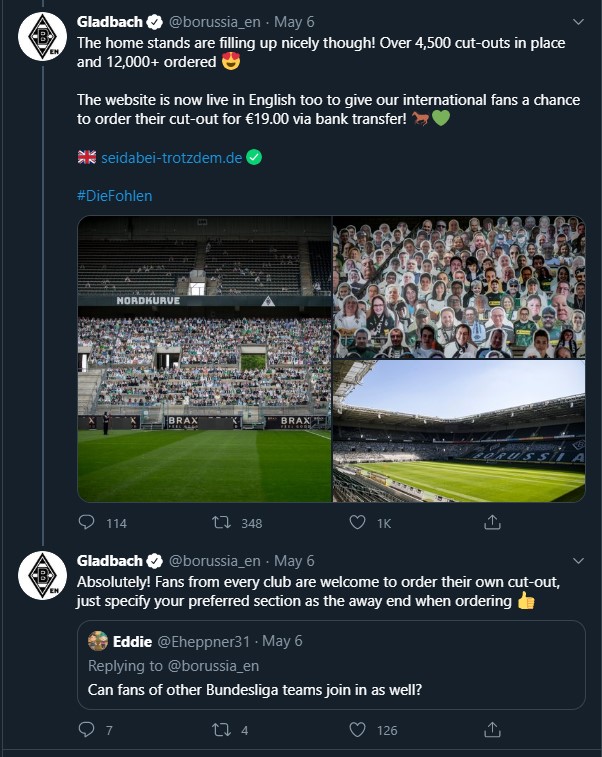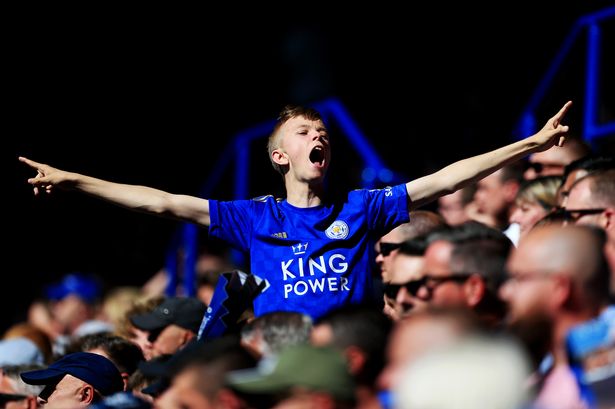How can a football club attract younger fans?
Almost every football club in the world has been forced in the recent months to suspend its fundamental activity: playing football games. For many of these clubs, football will not resume for another couple of months. So how are fans supposed to stay close to the club they support?

How can clubs engage their supporters in the absence of football matches in order to avoid losing their commitment? It may not be the case for the most loyal of fans, veteran season-ticket holders. But what about the younger generations, like Generation Z or the millennials (all born after the ‘80s)?
Social media content is key
Identify influencers in the specific age range and partner up. Studies made by sports demographers reveal that youngsters no longer display the same interest in football as past ones did. They don’t watch football that often, don’t go to the stadiums, so if you want to get to them you need to have a powerful presence on social media platforms.
Posting regularly on Twitter and Facebook won’t just do the work anymore. The content needs to be as engaging as possible. If you feel like you don’t have the right staff to deliver, just reach out to influencers. They already know what their audience likes to see or hear and can help you get your message across.
You can not expect to be followed by more youngsters if you are not on TikTok. The club’s Youtube channel will not grow by sharing just replays or highlights. Give your audience the chance to virtually get behind the scenes, show them players being interviewed by each other and also let the fans send out their own questions.

Diversify your message. Come up with short quiz sessions, predictor games or challenge them to photoshop an iconic moment of your team in the funniest possible way. Reward their engagement by retweets and try to answer as many messages as you can. They will get the feeling of being involved in the club becoming a part of its evolution.
Make the most of what makes you different
It can be about anything: the anthem, the mascot, the players. The moving of Mo Salah to AS Roma and Chelsea brought a ton of Egyptian fans on the clubs’ social media platforms. The clubs then immediately adapted their content strategy in order to maintain those supporters in their fan base and even add more of them.
You just have to search for that piece that makes you unique in one way or another. For example, Norwich City recently transferred Danel Sinani – the first Luxembourgish player in the history of the Premier League! People in Luxembourg are surely excited to have a compatriot competing in England’s top division and they will look to know more about Norwich.
While the population of Luxembourg is low (slightly above 600k people), we know the GDP in the country is high (over 64 bn. EUR)! So even if the Canaries’ fan base will not increase by millions in terms of numbers, the club can surely attract fans that are willing to spend more money on retail products. They can also afford to buy matchday hospitality in order to attend a game of their compatriot.

The likelihood of this happening is quite significant, given that Luxembourg is one of the countries with the youngest population in the EU, so they are more willing to travel to Norwich or to engage with the club on the social media platforms. To keep those fans close, Norwich could post videos of Sinani acculturating in the U.K., enjoying the facilities of the training ground or sending messages to his fans back home.
Norwich is lucky to have another player coming from a country where football is on the rise. Teemu Pukki is arguably the best player in one of the top generations of Finland footballers. Scandinavians would love to see or read more about the forward that will soon become the all-time top goalscorer of their national team. Posting in Finnish on social media could be a great way of keeping alive the interest manifested by Pukki’s supporters from abroad.
From ‘followers’ to ‘supporters’
All football clubs have much more fans online than in the stands. While you can only get a certain amount of supporters inside a venue, the followers pool on social media is unlimited. That is why clubs should focus on extracting more revenues from their followers, attracting their involvement.

If you want to attract young fans on a local or regional level, the methods of granting free tickets or selling affordable packages to junior members of the community have often proven to be successful. But these will not work for the rest of your fan base located in other parts of the country or the world.
An 18-year-old will not be tempted to follow a team on a social media platform if the posts are not of any interest. What if you told them they can get to play a FIFA match against the team’s captain if they register on the club’s website? Or offer them a FIFA Ultimate Team pack with players of your club if they download your official app?
Replace the classic ball, tickets and shirts giveaways with products more likely to engage online followers. We know that football players also love the game, so you could ask them to live stream some FIFA matches they play on the club’s official channels. The chances of attracting a youngster will surely be higher this way than by just posting interviews after a match they may have not seen.
There is no exact recipe for how a club should attract more fans. Nor is there a strategy applicable for all the teams. By assessing the online behaviour of your fan pool you can have a clearer image on how your approach should change or improve. There are lots of options and ideas that can be tested by each club. In the end, it’s all about you adapting to the generations of fans, not the other way around.